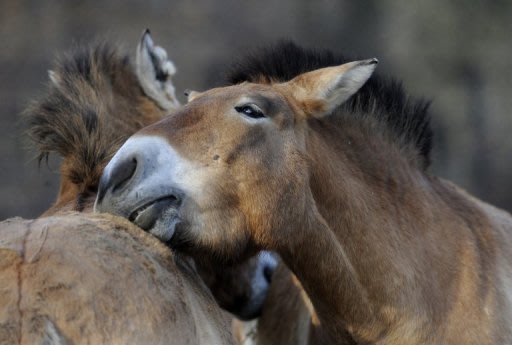Adélie Penguin
Pygoscelis adeliae

Wings spread, this Adélie penguin waddles through an Antarctic colony. Its black tail gives it a tuxedo-like appearance.
Photograph by George F. Mobley
Map

Adélie Penguin Range
Fast Facts
- Type:
- Bird
- Diet:
- Carnivore
- Average life span in the wild:
- Up to 20 years
- Size:
- 27.5 in (70 cm)
- Weight:
- 8.5 to 12 lbs (4 to 5.5 kg)
- Group name:
- Colony
- Did you know?
- Adult Adélie penguins have been observed stealing rocks from their neighbors’ nests.
- Size relative to a 6-ft (2-m) man:

Adélie penguins live on the Antarctic continent and on many small, surrounding coastal islands. They spend the winter offshore in the seas surrounding the Antarctic pack ice.
Adélies feed on tiny aquatic creatures, such as shrimp-like krill, but also eat fish and squid. They have been known to dive as deep as 575 feet (175 meters) in search of such quarry, though they usually hunt in far shallower waters less than half that depth.
Like other penguins, Adélies are sleek and efficient swimmers. They may travel 185 miles round-trip (about 300 kilometers) to procure a meal.
During the spring breeding season (in October), they take to the rocky Antarctic coastline where they live in large communities called colonies. These groups can include thousands of birds.
Once on land, Adélies build nests and line them with small stones. Though they move with the famed "penguin waddle" they are capable walkers who can cover long overland distances. In early spring, before the vast sheets of ice break up, they may have to walk 31 miles (50 kilometers) from their onshore nests to reach open water.
Male Adélie penguins help their mates rear the young and, without close inspection, the two sexes are nearly indistinguishable. They take turns sitting on a pair of eggs to keep them warm and safe from predators. When food is short, only one of the two chicks may survive. After about three weeks, parents are able to leave the chicks alone, though the offspring gather in groups for safety. Young penguins begin to swim on their own in about nine weeks.











